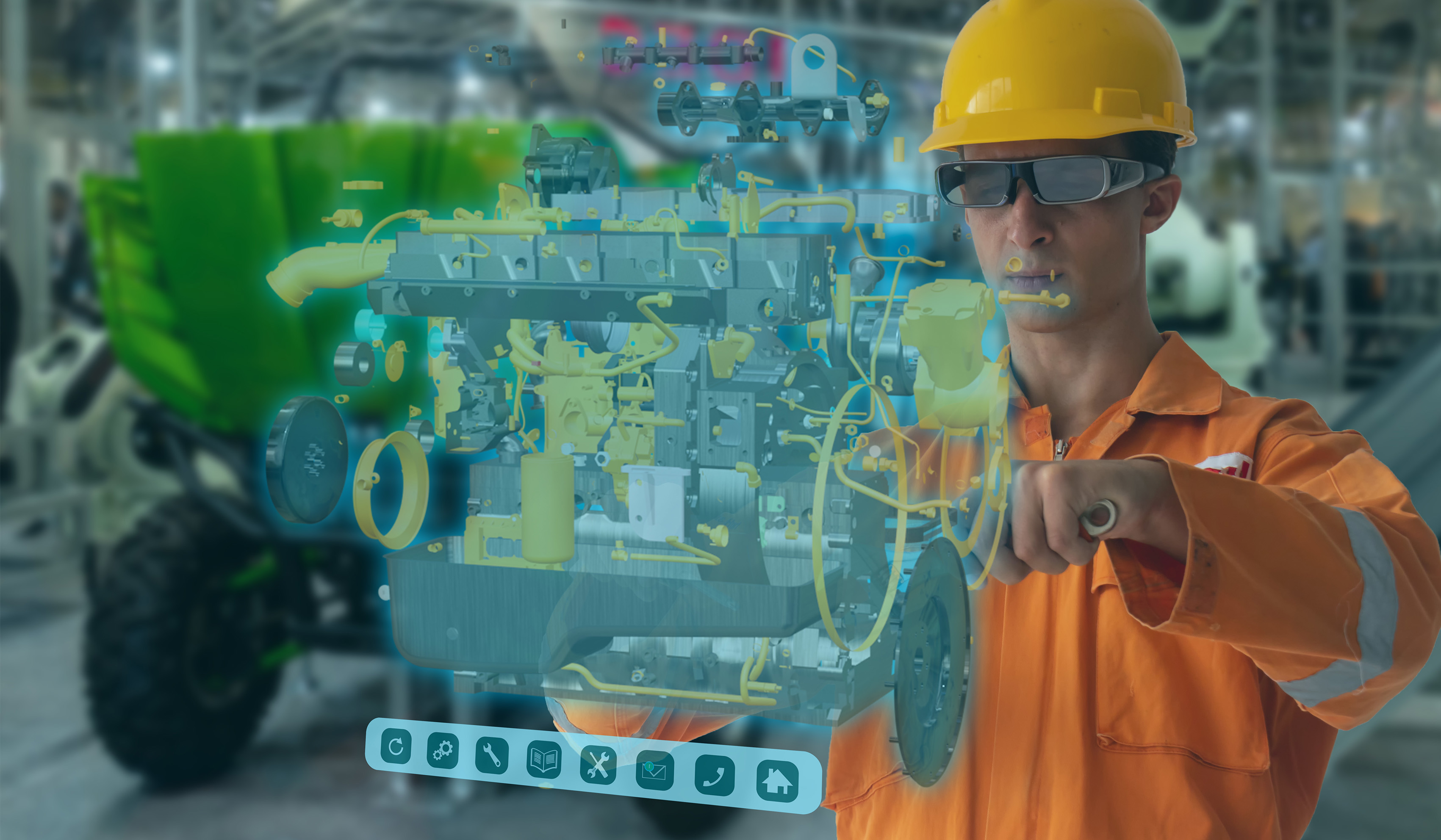

Creating a digital twin is like playing make-believe before you do it for real.
The power of this technology is increasingly being applied in manufacturing: trains, turbines or aircraft engines can be virtually designed and tested, to maximize their longevity and reliability without requiring the investment of actual production beforehand.
Digital twins is already optimizing machines and maintenance systems, but, merging with other technology such as the Internet of Things or artificial intelligence, it can also allow manufacturers to predict different outcomes and avoid potential failure based on data — thus saving time and reducing costs.
The Electricity Supply Board in Ireland has partnered with technology provider Akselos to create a structural digital twin of its aging Turlough Hill hydroelectric power station — a world first. As the plant remains a key asset for ESB, the electricity company needs to both extend its life and find new modes of operation, in order to adapt to the changing energy ecosystem.
This has been made possible with Akselos, which collected all available data on the plant to create a 3D-rendered structural virtual replica. The digital twin allows ESB to simulate various parameters in the day-to-day operations and see how the structure reacts, if tensions are running or if specific areas need maintenance. Integrating predictive maintenance solutions, the digital twin is also able to predict future events, as the software can identify potential failures based on the structural assessment.
Munich-base TWAICE, which raised €11 million in funding in March, has created software to provide digital twins of battery systems. The software is used to analyze the “health” of an energy storage device, but also to make predictions, concerning a battery’s life cycle. With growing interest in emission-free electric vehicles and lithium-ion batteries, manufacturers are seeking efficient energy storage devices.
The TWAICE software enables them to improve the development and use of their batteries — by providing them more information about the processes in the batteries — as well as detect and prevent operational failures. Through predictive maintenance, the software can also help operators of electric vehicle fleets, for instance, reduce their operating costs and increase their batteries’ life.
ENGIE Eye
Towards a Digital Twin application on thermal industrial process
ENGIE Lab CRIGEN is leading research on Digital Twin for industrial asset: its Future Industry Lab has developed the first successful Simulation-Based Digital Twin for industrial Burner. Burner is a key asset in multiple industries and is, in particular, the cornerstone of multiple boilers’ systems. CRIGEN Simulation-Based Digital Twin grants access to fully-detailed, high fidelity and real-time simulations of burner’s behavior, providing additional insights on the equipment, beyond traditional instrumentation (through what is called virtual sensors). Compared to the majority of market’s solutions – for example predictive maintenance applications - CRIGEN Digital Twin is predicting asset’s behavior thanks to physics-based simulations and does not rely on statistical learning algorithms using historical data. This means in particular that a fault does not have to be pre-identified or to have already occurred in the past to be detected.
This cutting-edge solution paves the way to new strategies of control (including real-time optimization or predictive maintenance), new strategies of revamping (with opportunities to reduce the effort needed for legacy assets to meet contemporary standards) and faster upskilling of operator (with ability to empower large population of workers)
Building smarter, sustainable, resilient and safe cities
Siradel, an ENGIE subsidiary since October 2016, provides digital twins for cities and businesses to help design wireless networks and create the infrastructure of smart cities. As Siradel CEO Laurent Bouillot puts it, creating a digital twin is like “playing make-believe before you do it for real.” When it comes to smart cities, visualizing the transformations we have in mind, via a 3D model, can be a powerful management and simulation tool — for instance, to study the impacts of changes in the mobility sector or on the air-conditioning and heating systems of buildings. By anticipating changes, digital twins allow us to optimize the collaboration between the different actors working on the same project.
At the end of 2019, Siradel established an online service platform for the Ile-de-France region. To this end, Siradel conducted the modelization of 2.5 million buildings across the region and created France’s biggest data concentrator, with more than 10,000 data sets (such as bus lines or the location of co-working spaces, research centers, heritage sites, etc).
Facing the confinement restrictions of the current coronavirus crisis, the Ile-de-France region quickly turned to Siradel to come up with and rapidly develop a range of services, allowing inhabitants to better live and work during the lockdown.